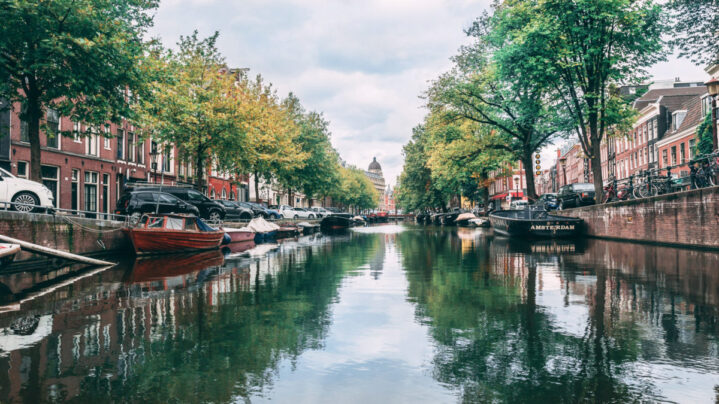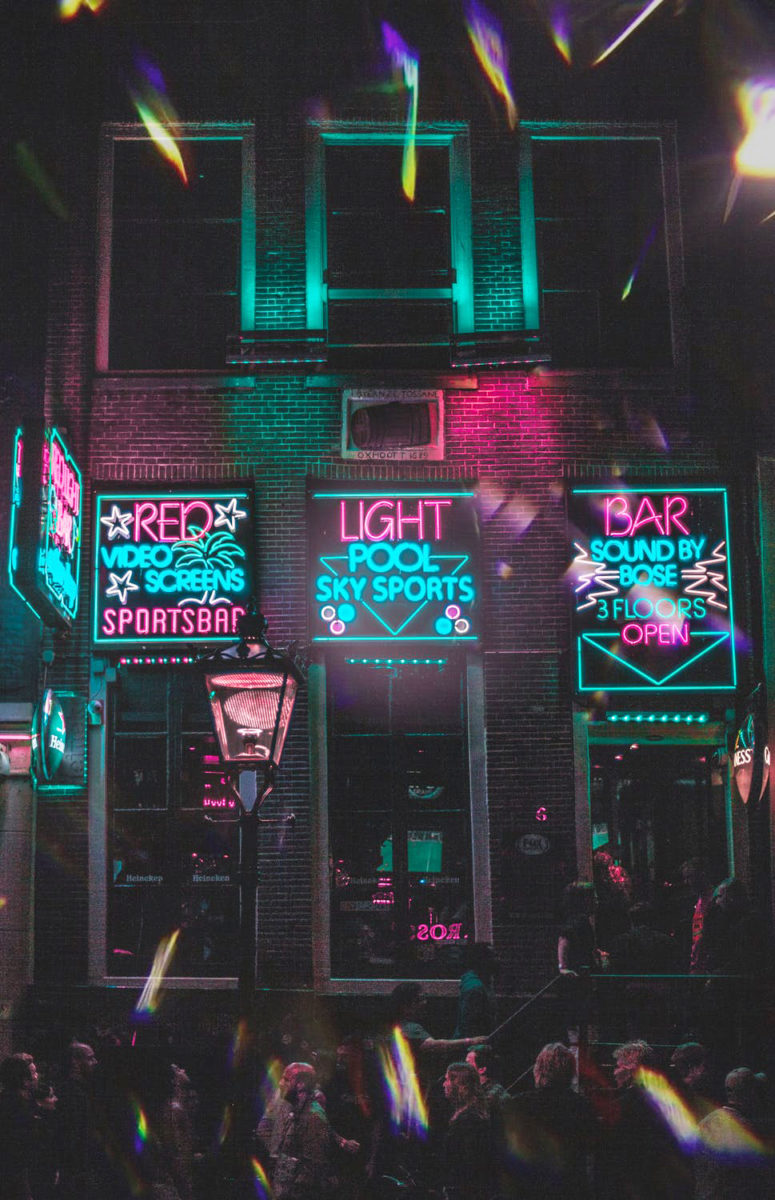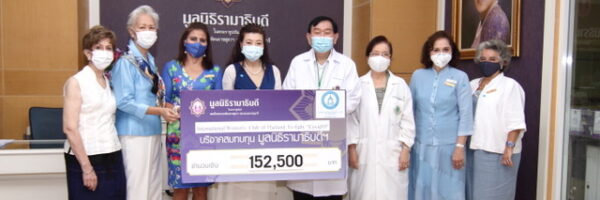
Amsterdam
Some tourists think Amsterdam is a city of sin, but in truth it is a city of freedom. And in freedom, most people find sin.” – John Green.
This week through call of business I find myself in the capital of Holland a country with 17 million people sandwiched between Belgium and Germany.
Arriving from Thailand last Saturday evening it’s cold! 15/17C so coming from 30C plus that is one of the first things to strike me.
I am rather enamoured with the place apart from that. It’s pretty clean, the place all seems to function pretty well. The people are quite orderly and dress sensibly to keep out the cold. They all seem to ride bicycles, of all shapes and sizes. I particularly like the long ones that look like a two-wheeled wheelbarrow, where parents carry their children, shopping, dogs and indeed anything else that they wish to transport across the city.
As I write sitting in my first floor Hyatt hotel bedroom overlooking a busy street on the East of the city the electric blue and white trams rumble by on an almost constant basis. We are situated opposite one of the many buildings of the University of Amsterdam and so there is plenty going on. An ever moving vista…

The day after I arrived in a bid to get some fresh air, such a relief after the heat and smog of Bangkok, I walked to the metro. Paid 8 Euros and bought a day ticket and caught a train 3 stops to Central Station. When I emerged into the sunlight the sheer number of people, cyclists, tourists, overwhelmed me for a minute. I guess that I was stood in the busiest part of the city.
There were runners and cyclists everywhere and talking to someone later she told me that 45,000 people had embarked on this run/walk. I have no idea how many cyclists that there were as everyone in Holland seems to ride a bicycle but when I got to Dam Square there was the event finish there and there were thousands all in their gaily coloured lycra shorts and T-shirts.
I wandered through the streets people watching amazed at the sights of so many strangely dressed people – perhaps they thought the same about me but my attire was boring in the extreme to the tourists from every corner of the world in family groups and the residents of Amsterdam.
Every corner I turned the acrid smell of cannabis wafted through the air. Either people were smoking it on the street and or the coffee shops which are tucked away it seems on every street. It is the weirdest feeling having grown up in the UK where smoking drugs is so frowned upon by society in general to suddenly be in Amsterdam where you are almost out of step or the odd one out to be straight and not stoned.
I did walk into a couple of what they call ‘head shops’ I think that sell drug paraphernalia and was absolutely amazed and what I saw on the shelves and behind the glass cases. Of course I had seen it all before but I am sure that it was more ‘in your face’ then I ever remembered it in my younger days.
Strangely though in the almost week that I was in Holland I didn’t see any aggression or fights on the street as you so often see in the UK – perhaps they are all so chilled that no one bothers. That was quite good to see. There was a constant visible police presence and talking to couple of policemen later in the week they said that they are allowed to ‘deal with matters quite forcibly if necessary’.
You certainly have to keep your wits about you in the streets of Amsterdam central though as the traffic, particularly bicycles, comes fro all directions and they seem to have the right of way over cars and pedestrians.

Amsterdam is the capital and most populous city of the Netherlands, with a population of 866,737 within the city proper, 1,380,872 in the urban area, and 2,410,960 in the metropolitan area. Amsterdam is in the province of North Holland. Amsterdam is colloquially referred to as the “Venice of the North” due to its large number of canals which are a UNESCO World Heritage Site.
Amsterdam’s name derives from Amstelredamme, indicative of the city’s origin around a dam in the river Amstel. Originating as a small fishing village in the late 12th century, Amsterdam became one of the most important ports in the world in the Dutch Golden Age of the 17th century and became the leading centre for finance and trade. In the 19th and 20th centuries, the city expanded, and many new neighbourhoods and suburbs were planned and built. The 17th century canals of Amsterdam and the 19 – 20th century Defence Line of Amsterdam are on the UNESCO World Heritage List. Sloten, annexed in 1921 by the municipality of Amsterdam, is the oldest part of the city, dating to the 9th century.
As the commercial capital of the Netherlands and one of the top financial centres in Europe, Amsterdam is considered an alpha-world city by the Globalization and World Cities (GaWC) study group. The city is also the cultural capital of the Netherlands. Many large Dutch institutions have their headquarters there, including Philips, AkzoNobel, TomTom and ING. Also, many of the world’s largest companies are based in Amsterdam or established their European headquarters in the city, such as leading technology companies Uber, Netflix and Tesla. In 2012, Amsterdam was ranked the second best city to live in by the Economist Intelligence Unit (EIU) and 12th globally on quality of living for environment and infrastructure by Mercer. The city was ranked 4th place globally as top tech hub in the Savills Tech Cities 2019 report (2nd in Europe), and 3rd in innovation by Australian innovation agency 2thinknow in their Innovation Cities Index 2009. The Port of Amsterdam is the fifth largest in Europe. Famous Amsterdam residents include the diarist Anne Frank, artists Rembrandt and Van Gogh, and philosopher Baruch Spinoza.
The Amsterdam Stock Exchange is the oldest stock exchange in the world. Amsterdam’s main attractions include its historic canals, the Rijksmuseum, the Van Gogh Museum, the Stedelijk Museum, Hermitage Amsterdam, the Concertgebouw, the Anne Frank House, the Scheepvaartmuseum, the Amsterdam Museum, the Heineken Experience, the Royal Palace of Amsterdam, Natura Artis Magistra, Hortus Botanicus Amsterdam, NEMO, the red-light district and many cannabis coffee shops. They draw more than 5 million international visitors annually. The city is also well known for its nightlife and festival activity; several of its nightclubs (Melkweg, Paradiso) are among the world’s most famous. It is also one of the world’s most multicultural cities, with at least 177 nationalities represented.



